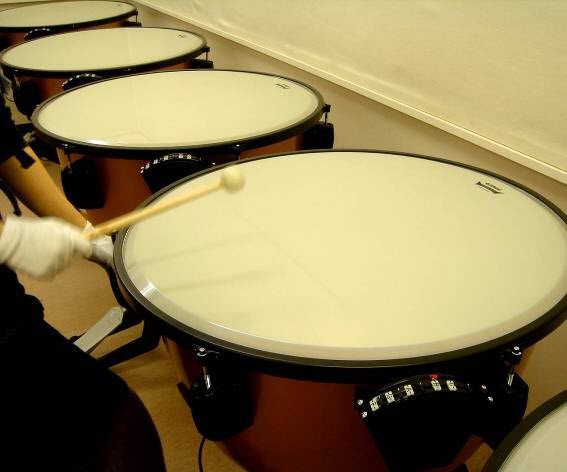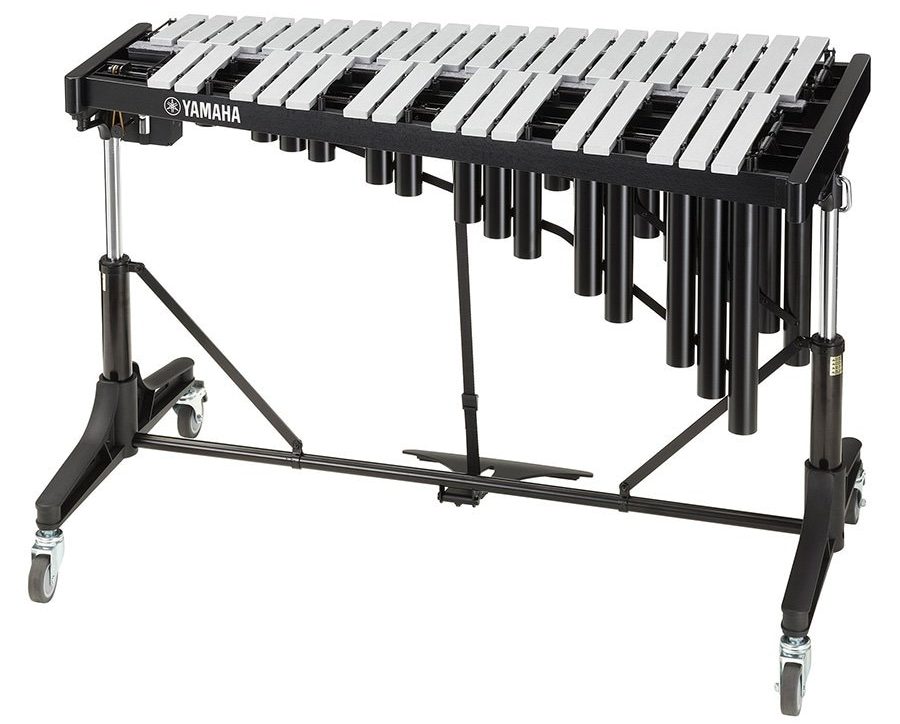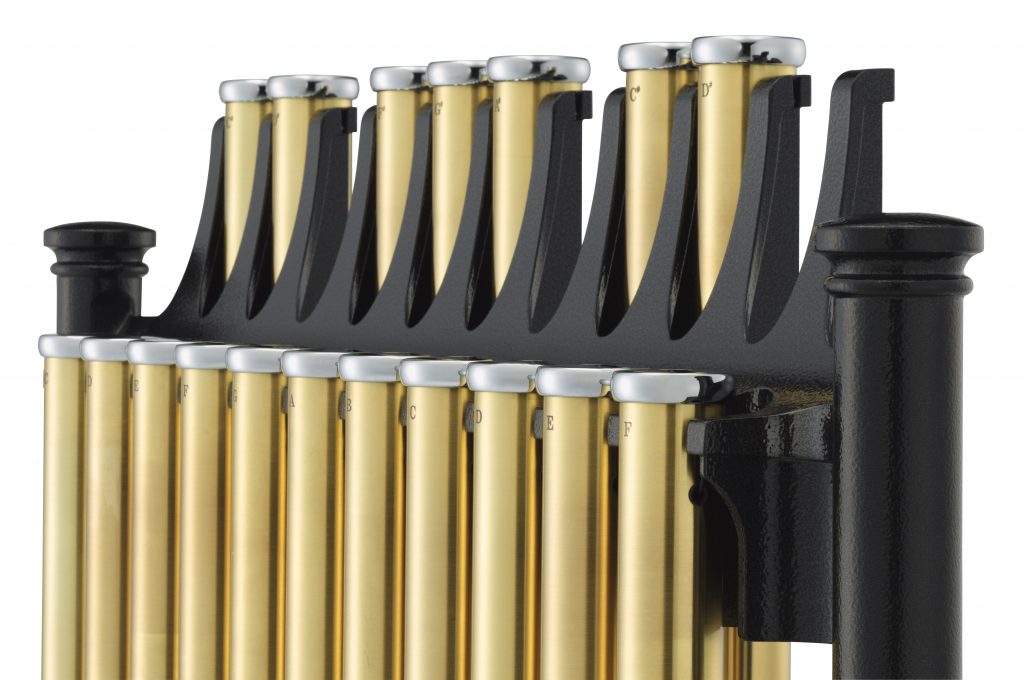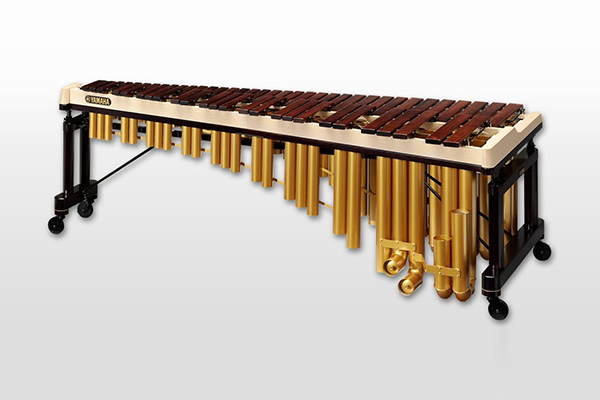The History of Marching Drums at Mardi Gras
Distinctive New Orleans rhythms reflect the city’s diverse musical heritage.
Drumming is a vital part of any marching ensemble and is especially important for the bands in New Orleans — a city that has been a cultural melting pot throughout its history. Nowhere is that more evident than in its music, which evolved from African, European, Caribbean and Native American influences.
One of the most visible examples of the city’s musical diversity is its marching band tradition. Such bands and “Second Lines” — a type of musical procession unique to New Orleans — are ubiquitous year-round in the Crescent City, but are most visible during the Mardi Gras season.
In case you’re wondering, “Mardi Gras” is French for “Fat Tuesday,” which falls each year on the day before Ash Wednesday, the start of Lent. The term is said to have derived from “Boeuf Gras,” which means “Fat Ox,” and referred to the 17th-century French tradition of eating fattened farm animals on the day before Lent. Fat Tuesday marks the end of two weeks of intense partying, with parades and marching bands abounding. It’s a celebration of the end of Carnival, which begins each year in early January and is celebrated in many countries throughout the world.
Multicultural Roots
Nearly fifty years after its French founding in 1718, New Orleans became a Spanish territory. It remained that way until 1800, when Spain ceded it back to France. Just three years later, the region became the property of the United States as a result of the Louisiana Purchase.
New Orleans was a busy port that was integral to the slave trade until the end of the Civil War. During the Spanish colonial period, slave laws were not as onerous as they would later become. Enslaved people were often given Sundays off and allowed some freedom of movement. Many would gather in Congo Square — a plaza located in the neighborhood that’s now called Tremé — to play and dance to the music from their home countries.
Congo Square played a significant role in developing the musical traditions of New Orleans, particularly drumming. The syncopated rhythms played in those gatherings, such as the “Bamboula,” are considered a foundation of what we think of today as New Orleans-style beats.
On the March

Marching bands have long been a staple of New Orleans music. Their origins go all the way back to the 1830s, when they were primarily military-style ensembles. After the Civil War, emancipated African Americans began forming marching bands, which typically featured brass instruments and usually a pair of drummers: one on bass drum and one on snare.
Such bands became a staple of African American funeral processions, later known as “jazz funerals,” a tradition that continues today. The musicians would play slow dirges as the mourners marched to the cemetery along with the rolling casket. Then they’d play upbeat music on the way back, and the people would dance to celebrate the deceased person’s life. The rhythms they played had a heavy West African influence, as did the dancing of the marchers, which came from West African circle and ring shout dances.
The Second Line
Marching bands performed at many different social events in New Orleans, but the type of procession they formed at funerals became adopted at parades and eventually became known as the Second Line. (The “First Line” is the main section, featuring a full brass band.) The Second Line consists of additional musicians and assorted other marchers who dance and engage with bystanders — a style called “second-lining.” Some have termed this “the quintessential New Orleans art form — a jazz funeral without a body.”
Second Line drumming, particularly for the snare drum, is improvisational, which sets it apart from the highly regimented snare parts in traditional marching bands. At small Second Line parades, the person on bass drum will typically set a steady rhythm, emphasizing the first and third beats of a measure, while the snare player adds syncopated counter-rhythms. At larger parades like those held at Mardi Gras, a second line snare drummer typically follows the brass band, playing off of the marching beat with improvised polyrhythmic figures that can inspire the second line dancers or even the band itself.

Mardi Gras Celebrations
Up until the late 1800s, the inner-city population of New Orleans was largely shut out of Mardi Gras festivities, which had traditionally been a province of the upper class and consisted of fancy dress balls featuring classical musicians and ballroom dancing.
But at the turn of the 20th century, especially in poorer neighborhoods, people started their own Mardi Gras celebrations. They formed their own Social Aid and Pleasure Club organizations (better known as SAPCs or “krewes”), which began sponsoring parades and other events. Thus began a tradition that’s still a big part of the African American Mardi Gras experience: dressing up in costumes and trying to outdo rival krewes in both music and regalia.
Mardi Gras Music
At around the same time, Dixieland jazz and ragtime were developing as popular musical forms, and both had a major impact on the music played at Mardi Gras. Over the years, additional musical styles have become integrated into the festivities, including jazz, R&B, gospel and funk.
Today, if you’re lucky enough to visit New Orleans during Mardi Gras, you’re sure to see and hear lots of bands of all varieties — everything from small Second Line ensembles to full traditional marching bands with complete brass and marching percussion sections that include multiple snares, bass drums, toms and other marching instruments. High school and HBCU (Historically Black Colleges and Universities) marching bands from as far away as Kentucky, North Carolina and Virginia regularly perform at Mardi Gras parades in The Big Easy, with many incorporating Second Line rhythms into their material.
But Mardi Gras isn’t the only time of year you can enjoy New Orleans’ rich musical offerings. On any given Sunday afternoon, you can visit Congo Square and listen to (or even participate in) drum circles playing traditional West African polyrhythms and Second Line beats on hand drums. Or you can go to famous Bourbon Street in the French Quarter, where many bars offer live music nightly, featuring bands with drummers who interpret infectious New Orleans rhythms on standard kits instead of drumlines.
Whether you play drums or just like to listen to great music, the vibrant New Orleans music scene offers something for everyone!
Photographs by Deborah Gremito and Getty Images / Philip Gould
Yamaha offers a wide range of marching drums. Click here for more information.















